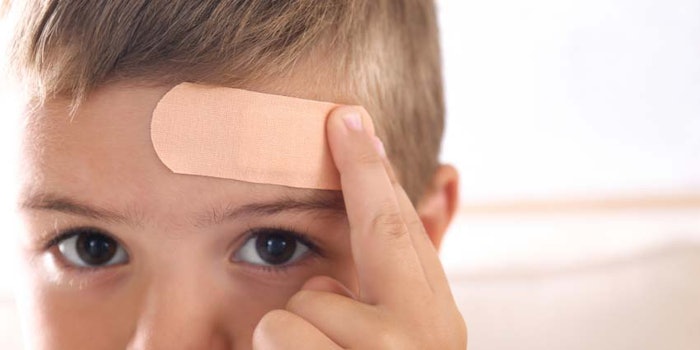
While fibroblasts are collectively known to produce collagen and other proteins in skin and connective tissues, new data points to functional variances amongst sub-groups of fibroblasts—and one in particular with a major collagen-building role when it comes to wound healing.
Researchers from the University of Michigan at Ann Arbor used the cell surface protein dipeptidyl peptidase-4 (CD26) to identify functionally unique fibroblast subpopulations in human skin. The study, published in the Journal of Investigative Dermatology, explained how using flow cytometry and immunohistology, CD26, in combination with the cell surface glycoprotein CD90, successfully identified a subpopulation of fibroblasts.
This particular sub-group of fibroblasts, referred to as CD26+, expressed relatively high levels of type I collagen, a hallmark of fibroblasts. More importantly, they did so selectively, increasing expression following skin wounding. Furthermore, the researchers noted the proportion of CD26+ fibroblasts in young versus aged skin is similar, indicating the loss of collagen production during aging does not involve a reduction in CD26+ fibroblasts.










